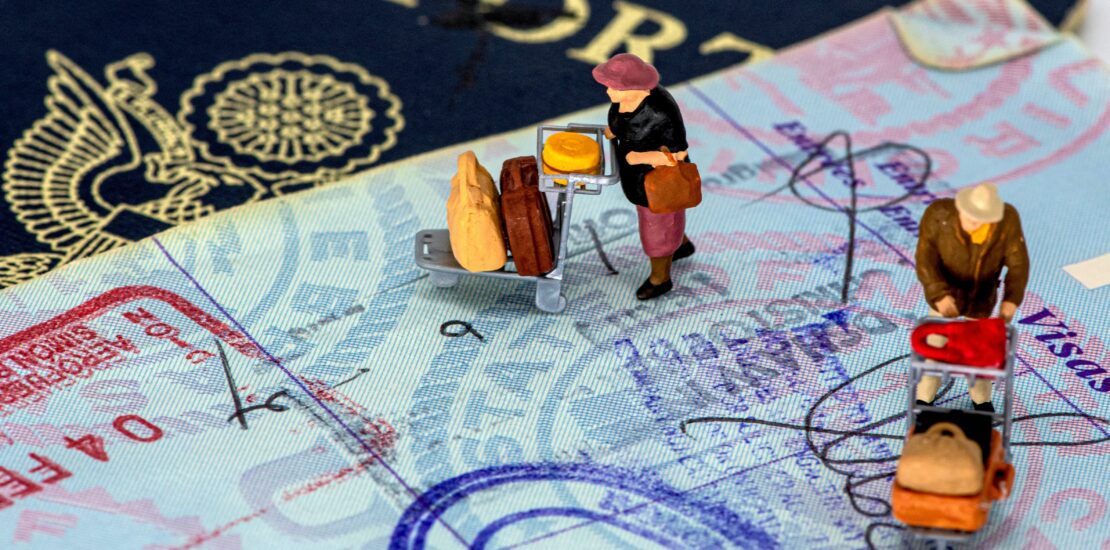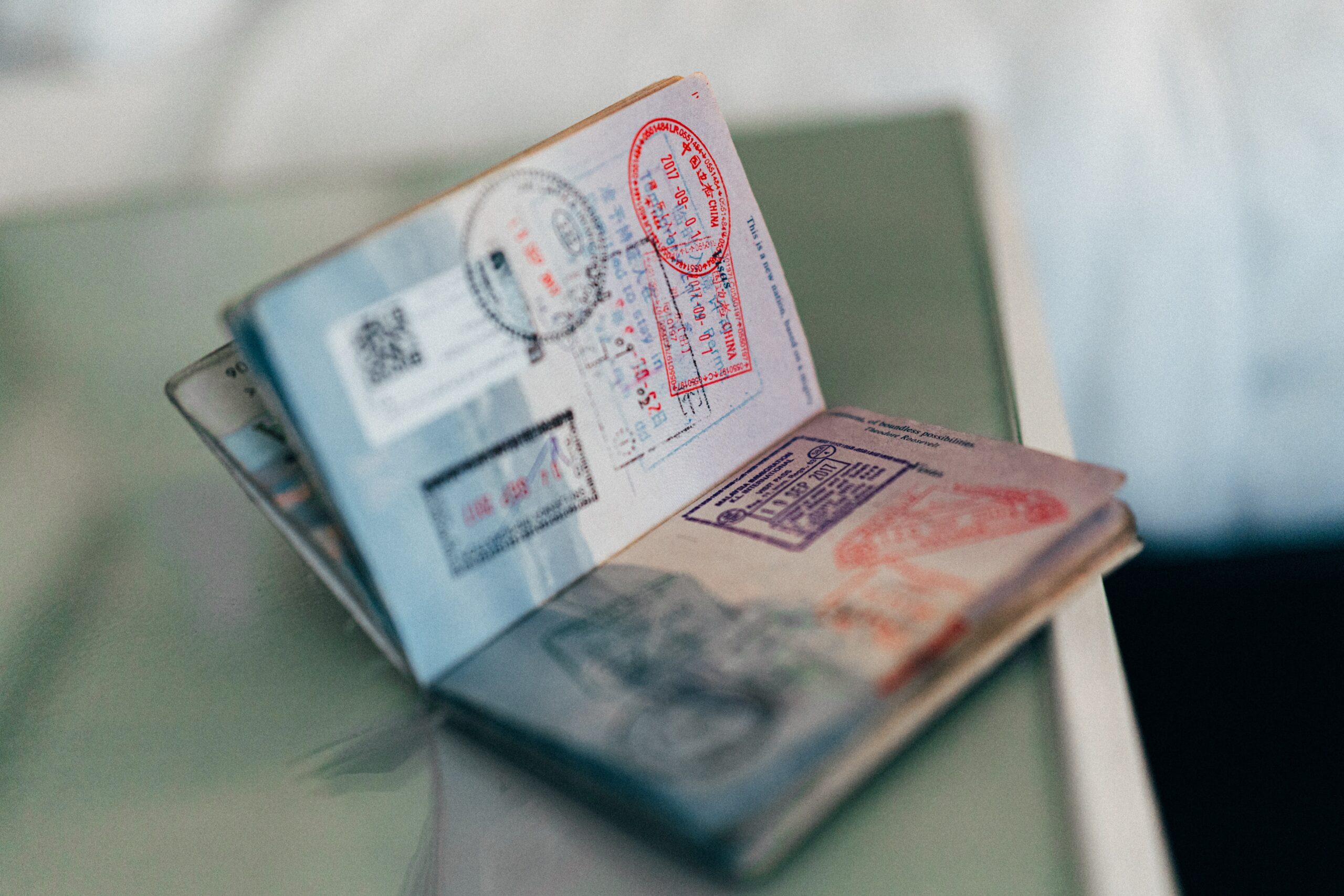Whether you’re planning on getting married to a Japanese national or have a dependent you can register as a child of a Japanese, here’s a guide to applying and getting one of the most powerful visas offered by Japan.

As a Japanese national who lived in other countries and eventually found my life partner while working in a restaurant in Tokyo, I can say that one of the best gifts I gave to my other half was his visa.
Even though we could have lived in Europe (where he’s from), we always knew that we would end up settling in Japan. From the convenience of things to a safer environment for our children, we now call Japan home. But it wasn’t a walk in the park to be able to stay here legally. After a few trips back and forth, we finally arrived in Japan a few years ago with an intent to remain indefinitely; hence it was time to process my husband’s visa.

Overcome the dreaded COE and you’re good to go
First, we had to register our marriage at our local city hall. Once that was done, it was time to write my second thesis. I compiled screenshots of our messages and photos during our dating days and wrote a lengthy explanation for his visa application. Why? Because we had to prove that we didn’t get married for convenience (which is a real thing, according to the immigration). It turns out that there are people who pay willing Japanese to get married so they could get the coveted spouse visa.
If one has a spouse of Japanese visa, they have no limits to the number of hours they can work; they can enter and leave any work industry and basically have pretty much the same benefits as a Japanese national. However, one must first acquire the Certificate of Eligibility which is required for all visa types. The COE is considered the primary bottleneck to approval.
The general process of getting the spouse visa goes like this: 1. Marriage registration -> 2. COE application -> 3. Spouse Visa application -> Repeat Step 3 until Permanent Residency
This is why it’s recommended to include all the proof you can get upon document submission, on top of the usual items like passport, application forms, ID photos, marriage certificate, and proof of residential address. There are horror stories of genuine couples failing to get their COE or waiting an extended period due to lacking evidence or papers. At this moment, it’s best to be overly prepared to avoid setbacks.

Also, be prepared for a long waiting game before getting the COE. You apply at the Immigration Center and wait around three months for feedback. If they’re not satisfied with what you submitted, the immigration can ask for more documents such as proof of financial capacity, employment proof, and so on. From there, you can wait up to another month or so before receiving a notification that the COE is available.
Repetitive Spouse Visa application and renewal
Once you have the COE, prepare the same documents again because it’s now time to apply for the spouse visa. Pro tip: make sure that your documents such as koseki (family registry) or juuminhyo (residential address) are updated because they are only valid for three months.
You then wait around two weeks before finally getting an updated residence card with the “Spouse or Child of Japanese National” status. Take note that this is only valid for a year, so you will need to repeat the process, this time to extend your partner’s stay in Japan. After two or three times of renewing the spouse visa, your partner can finally be converted to a permanent resident or a three-year spouse visa duration. It’s recommended not to wait until close to the residence card’s expiration before renewing to avoid an invalid residence card.

It costs ¥4,000 to renew or extend the spouse visa and two trips to the immigration center – one to apply (prepare for a whole morning endeavor) and the other to claim the new residence card.
Getting a child of Japanese national visa, in my experience, is easier because it’s more straightforward to prove that your dependent is indeed your child. Also, any child of a Japanese national, even though born abroad and with non-Japanese citizenship, can become a Japanese national (through naturalization) and be included in the family registry as long as their papers are registered in Japan before turning 21 years old.

Road to permanent residency
A permanent resident in Japan maintains their nationality but can do any activity in the country without restriction, such as living there indefinitely. As for the Permanent Resident visa, it’s renewed every seven years, which is better than making the stressful trip to the immigration center yearly.
The main difference between a permanent resident in Japan and a citizen lies in politics. For example, only citizens can vote or run for public office. On the other hand, starting a business, owning property, or buying big-ticket items such as vehicles become easier for permanent residents.
The whole situation may seem overwhelming at first, especially when you’re compiling the “thesis,” filling out forms, or waiting for hours at an overcrowded immigration center, but hang in there! Hopefully, the process explanation above helps if you’re ever in the same situation of processing the spouse or child of Japanese national visa.
Related Articles
Warning: Undefined array key "sfsi_threadsIcon_order" in /home/veremosglobal/tokyoroomfinder.com/public_html/blog/wp-content/plugins/ultimate-social-media-icons/libs/controllers/sfsi_frontpopUp.php on line 165
Warning: Undefined array key "sfsi_blueskyIcon_order" in /home/veremosglobal/tokyoroomfinder.com/public_html/blog/wp-content/plugins/ultimate-social-media-icons/libs/controllers/sfsi_frontpopUp.php on line 170
Warning: Undefined array key "sfsi_bluesky_display" in /home/veremosglobal/tokyoroomfinder.com/public_html/blog/wp-content/plugins/ultimate-social-media-icons/libs/controllers/sfsi_frontpopUp.php on line 266



